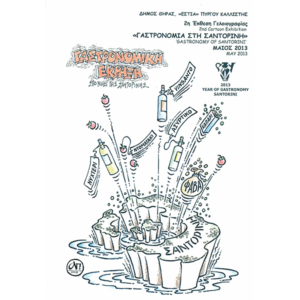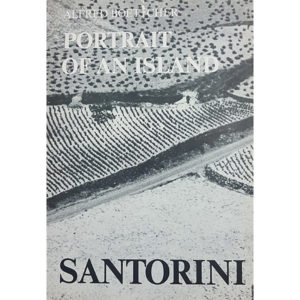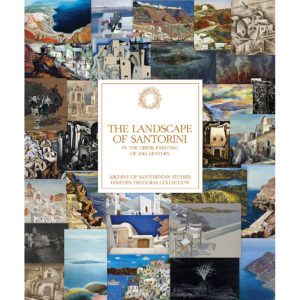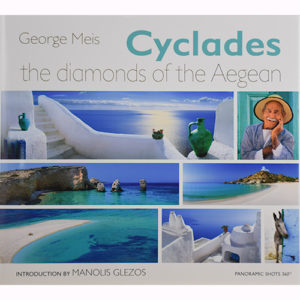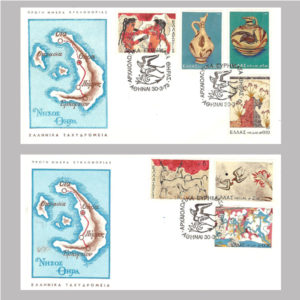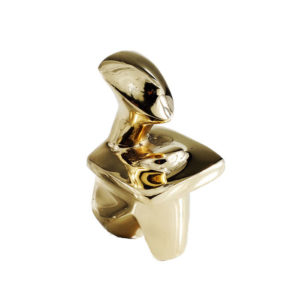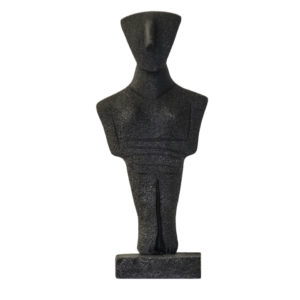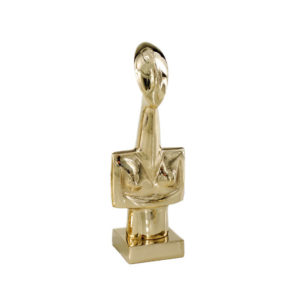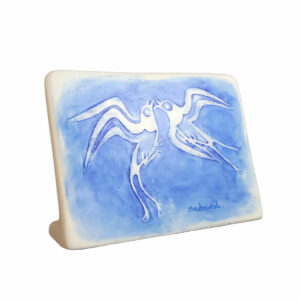Santorini History

Prehistory
The human presence on the island seems to be existed since the middle of the 3rd millennium B.C.
The excavation at Akrotiri has confirmed that man’s activity on the island continues until the eruption of the volcano in around 1600 B.C., which entirely buried the island beneath very thick layers of pozzuolona.
All traces of human activity vanished from the island until the end of the 13th century B.C.
Historical times
According to Herodotus, the island was initially called Strongyle (the Round one). Later, because of its beauty, it was called Kalliste (the Fairest one). The Phoenicians came to Kalliste and there they settled. After the Phoenicians, the Lacedaemonians arrived and gave the island the name of their leader, Theras.
In the 9th century B.C. Thera, became an important point on the communication route between the East and the West of that era and adopted the Phoenician alphabet for writing the Greek language.
In about 630 B.C., Therans reached the north coast of the African continent where they founded Cyrene (today Shahhat, Libya), the only Theran colony.
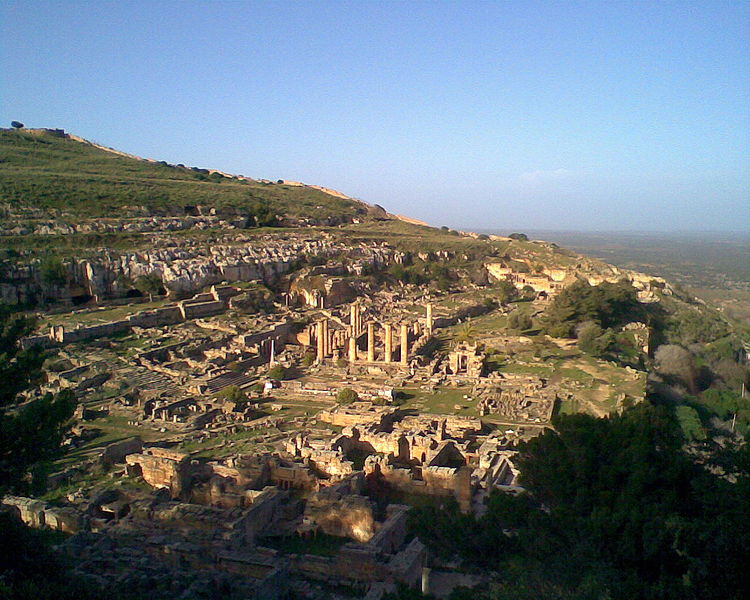
Classical antiquity to Middle ages
During the Classical period in Greece (5th and 4th century B.C.) Thera did not play an important role in Hellenic events. During the Peloponesian War Thera sided with Sparta, as expected.
In Hellenistic times the island’s strategic position made Thera a precious base from which the warring campaigns of the successors of Alexander the Great were launched in the Aegean.
Within the Roman Empire, Thera was nothing more than an insignificant small island. However, Christianity reached early the island and an organized church was already existed by the 4th century A.C.
The island was of neither political nor military significance in Byzantine times although Alexius I Comnenus (1081-1118) founded the church of Panagia Episkopi at Gonia.
After the fall of Constantinople to the Crusaders of the Fourth Crusade (1204) the Duchy of Naxos was founded and Thera became the seat of one of the four Catholic Bishops of the Duchy.
SANTORINI E-SHOP
Middle ages to late modern period
According to Santorini history, the name Santorini was given at that time by the Crusaders after the church of Aghia Irini (Santa Irene) which some say was at Perissa and others say was at Riva on Thirasia.
In the years of Frankish rule (1207-1579) although Santorini experienced the development of cotton cultivation and viticulture, the island suffered as much from piratical raids as from the rivalries between the local Latin rulers or between the Duke and the Sultan.
The Ottoman dominion (1579-1821) resulted in the abolition of piracy and the development of international trade. The Santorinians created close contacts with the great harbours of the Eastern Mediterranean (Alexandria, Constantinople, Odessa) where they founded important communities.
In 1821, Santorini with its shipping strength, took part in the fight for independence from the Turks, and in 1830 became part of the independent Greek state.
Up until the beginning of the 20th century shipping, textiles, tomato production and viticulture were all flourishing. The change from sail to steam-driven ships and also the transportation of the island’s factories to mainland Greece had a great effect on the island’s economy.
After the 1956 earthquake there was a huge decrease in the population and an economic catastrophe. Towards the end of the 70’s tourism began to develop, bringing economic relief to the island.
Read also: The city of Ancient Thera
Skaros: The capital of Thera under Venetian occupation |
by Clairy Palyvou |
 |
“High up there on the top of the naked, wild rock, where only wild birds could live, the marks of man can now be seen.” |
Read more:





